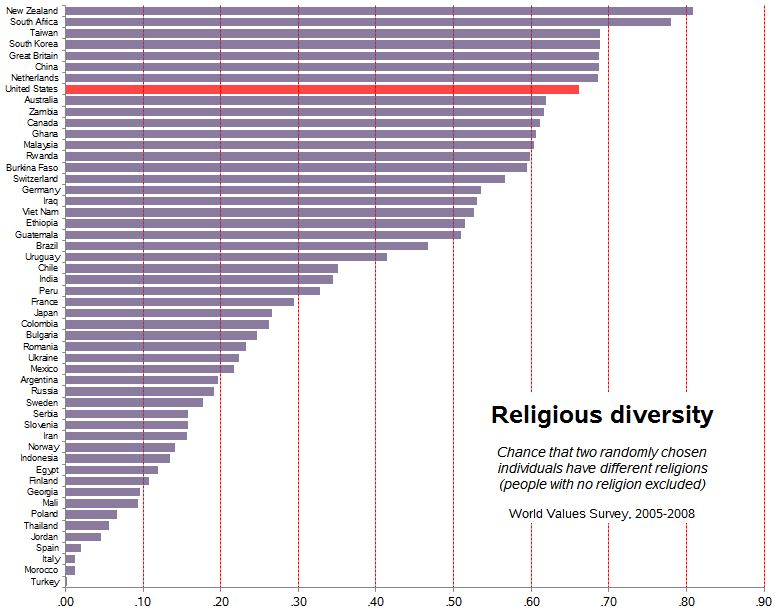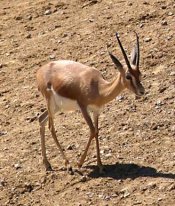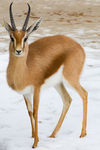Where can i find infos about organized trip morocco ?
i plan to go to morocco, i need to know where can i find info about organized trips in morocco ?
Organized Tours
Because many travelers have limited time and resources, organized adventure-travel packages, arranged by tour operators abroad or in Morocco, are a popular and time-efficient way to enjoy activity- and time-specific trips such as climbing Jebel Toubkal or weeklong biking and hiking tours. It's also a good way to experience an activity within a broader sightseeing itinerary.
Group travel can produce several advantages over independent travel. The most obvious is having all your accommodations and transport prearranged, and some (if not all) of your meals included in the cost of a package. Reasonably experienced and professional tour operators should also be able to transport you to each destination or activity without the snags and long delays that those traveling on their own can encounter in Morocco. As an added bonus, you'll have the opportunity to meet like-minded travelers. Joining an organized mountain-trekking tour will usually include prearranged porters or muleteers to carry extra equipment -- sometimes even your own backpack. Dedicated independent travelers will no doubt point out that it always costs extra for the convenience of having all your arrangements handled, and paid for, in advance.
In the best scenario for organized active vacations, group size is kept small (10-16 people) in comparison to the large, escorted bus tours, and tours are conducted by qualified guides knowledgeable about a particular activity. I've mentioned when specific tours or activities are led by specialists, such as naturalists, professors, and the like. Be sure to ask about difficulty levels when you're choosing an active tour. While most companies offer "soft adventure" packages suitable for those in decent (but not necessarily phenomenal) shape, others focus on more strenuous activities geared toward athletic and seasoned adventure travelers.
Moroccan-based operators dedicated to adventure travel are still very thin on the ground, and those that are involved are usually either owned by non-Moroccans and also have a base outside the country, or are activity specific and are therefore mentioned in this chapter under each specialist activity. Other local companies that pertain to adventure-travel specialists are really just general-interest tour operators that have caught on to this particular market and offer a few activities only when specifically requested, and usually within a much broader base of general sightseeing tours. However, it's worth noting that many tour operators contract their ground operations to a locally based outfit that then deals with even smaller operations (such as guides and muleteers for mountain trekking), resulting in some of your tour cost trickling down to the Moroccans themselves.
Tour Operators
Andante Travels (tel. 01722/713800; www.andantetravels.co.uk) has been organizing archaeology and ancient-history tours from their U.K. base since 1985. Their group sizes are small and accompanied by both a tour manager and a specialist lecturer. Their current Morocco offering explores the prehistoric engravings and paintings in the Souss Valley and Anti-Atlas, accompanied by two North African rock art specialists.
Biotrek Adventure Travels (tel. 866/246-8735 toll-free or 540/349-0040; www.biotrektours.com) was created by Sunny Reynolds, a professional photographer, in 1991. The company organizes tours to countries including Morocco, India, Tanzania, Costa Rica, and Guatemala. Trips depart from Washington, D.C., and groups are never more than 10 people.
Dragoman Overland (tel. 01728/861133; www.dragoman.com) is based in the U.K. and operates grass-roots tours in their own overland-style trucks through Africa, the Americas, and Asia. The tours are usually camping oriented with group participation, and the trucks are self-sufficient with cooking equipment, water tanks, and tents. They have a 2-week round-trip from Marrakech that is specially geared toward families, with a combination of camping and hotels. The tour visits central Morocco attractions such as the Aït Ben Haddou kasbah, the Dadès Valley, and the Erg Chebbi desert dunes, along with the Western High Atlas village of Imlil and the Atlantic port city of Essaouira. Morocco is also included in their 5-week overland from Malaga, Spain, to Dakar, Senegal.
Epic Morocco (tel. 020/8150-6131; www.epicmorocco.co.uk) is a small U.K.-owned, Marrakech-based tour operator. Owned and managed by Anglo-French couple Charlie Shepherd and Melodie Selvon, they specialize in high-quality, small-group mountain biking, walking, and horse-riding tours in Morocco. They offer a fascinating "Walking with Nomads" experience, which accompanies a family from the Aït Atta tribe as they make their annual migration with their flocks to greener pastures in either the High Atlas or Jebel Sarhro mountain regions. Other tours offer hiking and biking combinations, or they can tailor-make tours to suit.
Explore! Worldwide (tel. 0870/333-4001; www.explore.co.uk) is a U.K.-based operator specializing in small-group adventure holidays worldwide (currently more than 300 tours to more than 130 countries). Their tours cover a wide range of styles, accommodations, and themes such as cycling, trekking, astronomy, and history, as well as dedicated family adventures. They currently offer 18 trips in Morocco, ranging from 5-day mountain treks to a 10-day itinerary that takes in Andalusian Spain.
Imaginative Traveller (tel. 0800/316-2717 toll-free or 01473/667337; www.imaginative-traveller.com) is a U.K.-based outfit specializing in small-group adventure travel worldwide. Their tours come in a range of styles catering to everyone from the independent-minded to the connoisseur traveler. They offer 13 itineraries in Morocco, some of them led by their own leaders and some by local guides. The 15-day "Morocco Caravan" is a good mix of trekking and sightseeing, with plenty of free time for exploring.
Intrepid Travel (tel. 1300/364-512 toll-free or 03/8602-0500; www.intrepidtravel.com) is an Australian-based adventure-travel specialist that has been taking travelers off the beaten track since 1989. They offer small-group tours for individuals, couples, and families, with varying levels of comfort and activities. Their current selection includes a dozen tours within Morocco, which include trekking, cycling, and photographic and general-interest itineraries, along with a few other tours combining a visit to Morocco within a larger tour of southern Europe or North Africa.
Journeys International (tel. 800/255-8735 toll-free or 734/665-4407; www.journeys-intl.com), based in the U.S., offers small-group (4-12 people) natural-history tours guided by naturalists. Trips include an 8-day "Morocco Imperial Cities" tour, which gives you an in-depth look at the country's cultural and historical centers, and a more general 12-day "Discover Morocco."
KE Adventure Travel (tel. 800/497-9675 toll-free in the U.S., or 0176/877366 and 1303/321-0085 in the U.K.; www.keadventure.com) is a leading independent adventure-travel specialist offering a range of tour styles to more than 140 destinations worldwide. Their Moroccan itineraries are unique and diverse, ranging from an 8-day camel trek for families to a 15-day trekking/white-water rafting combo.
Nomadic Expeditions (tel. 0870/2201718; www.nomadic.co.uk) is a U.K.-based company offering overland-style, group-participation tours in Morocco. Clients travel in self-sufficient overland safari trucks, complete with all cooking and camping gear and a driver and tour leader. Eight- and 15-day round-trip itineraries depart Tangier regularly from May to October, and there's also an 8-day round-trip from Marrakech that visits central Morocco and is hotel based rather than camping.
Wilderness Travel (tel. 800/368-2794 toll-free or 510/558-2488; www.wildernesstravel.com) is a U.S.-based tour company specializing in cultural, hiking, and wildlife tours worldwide. Their 15-day "High Atlas Trek" travels from Casablanca to Marrakech via the Central High Atlas, and includes a 6-day trek around the Aït Bou Guemez Valley, with an optional 4-day extension to climb Jebel Toubkal. There's also a 15-day "Camels to Casbahs" tour from Casablanca to Marrakech via central Morocco and Essaouira. These two tours are arranged with tiered pricing (the cost varies according to group size). They also offer a 10-day private tour from Casablanca to Marrakech via central Morocco, with an Essaouira extension.
World Expeditions (tel. 888/464-8735 toll-free in the U.S., 866/606-1721 toll-free in Canada, or 020/8545-9030 toll-free in the U.K.; www.worldexpeditions.com) is one of the world's original adventure-travel companies, organizing Himalayan treks since 1975. Their tours typically offer general-adventure tours as well as activity-specific trips such as sea kayaking, cycling, trekking, and mountaineering. They are highly regarded for their responsible tourism and environmental philosophies, and offer three tours in Morocco consisting of a 13-day trekking/sightseeing combo, a 14-day general sightseeing itinerary, and a combination of the two.
Read more: http://www.frommers.com/destinations/morocco/3871010019.html#ixzz2LWr6APWu
You can arrange your trip in your home country or once you are in Morocco you can arrange there, but Google Morocco Trips you will find many tour operators offering you the choice to suit your budget and itinerary.















